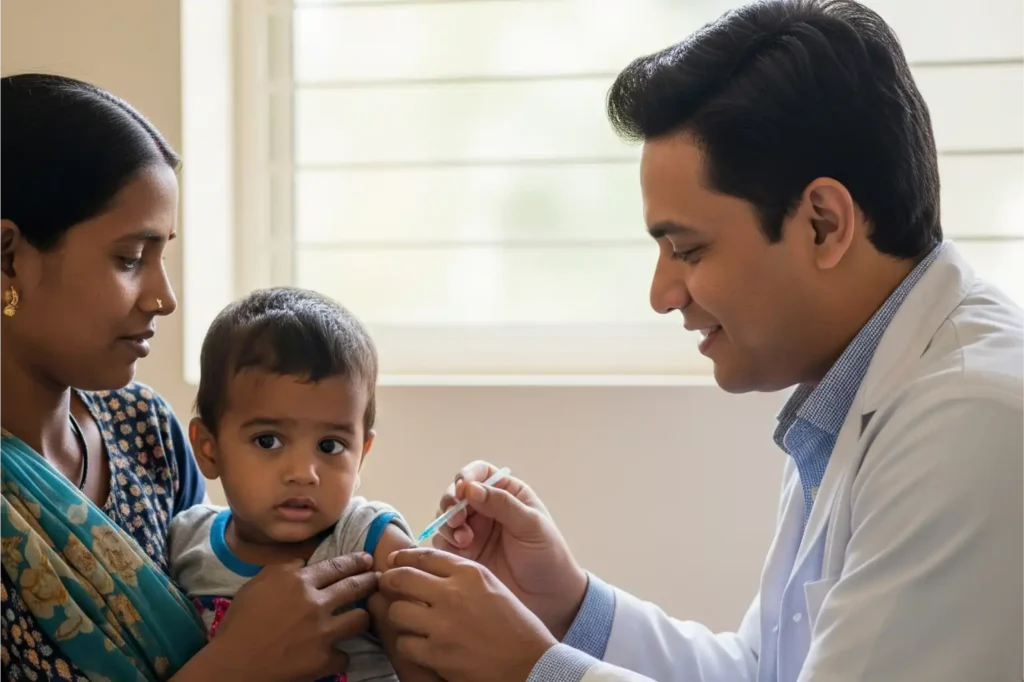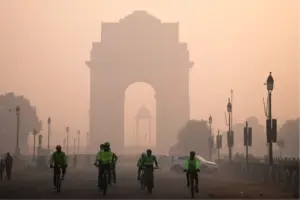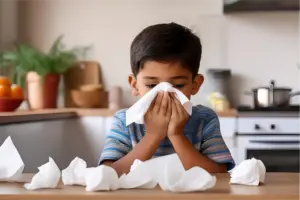
South Asia has achieved its highest-ever child immunisation coverage, with India emerging as a key contributor to this public health milestone, according to data released by the World Health Organization (WHO) and UNICEF for 2024.
South Asia’s progress marks a significant rebound from pandemic-era setbacks, with 92% of infants receiving their third dose of the DTP vaccine (Diphtheria, Tetanus, Pertussis), a crucial global benchmark for vaccination success. The first-dose DTP coverage also increased, reaching 95%.
“This is a proud moment for South Asia, especially for India, which has shown remarkable progress in reaching more children than ever before,” said Sanjay Wijesekera, UNICEF Regional Director for South Asia. “But we must now reach the most remote and underserved children to ensure no one is left behind.”
Also Read | Global childhood vaccination gaps widen, millions at risk of deadly diseases
India reduced the number of zero-dose children, those who have not received a single vaccine, by 43%, dropping from 1.6 million in 2023 to 0.9 million in 2024. Nepal achieved a 52% reduction in zero-dose children, and Pakistan reached its highest-ever DTP3 coverage at 87%. Afghanistan, however, continues to face challenges, with the lowest coverage in the region and a slight decline since last year.
South Asian countries also made major strides in eliminating measles. In 2024, 93% of infants received the first dose, and 88% received the second dose, reducing measles cases by 39%—from over 90,000 in 2023 to about 55,000 in 2024. However, coverage remains slightly below the 95% threshold needed to prevent outbreaks.
Vaccination against human papillomavirus (HPV), a major cause of cervical cancer, saw an increase across the region, with South Asia’s coverage rising from 2% to 9%. Bangladesh vaccinated over 7.1 million girls, and India and Pakistan are expected to roll out their HPV programs later this year.
“Southeast Asia has not only bounced back, but it has also exceeded pre-COVID levels. Now is the time to push forward,” said Dr. Thaksaphon Thamarangsi, Director of Programme Management, WHO South-East Asia Region. Despite gains, more than 2.9 million children in South Asia remain under-vaccinated or unvaccinated. UNICEF and WHO have called on governments to sustain political will, expand HPV coverage, and invest in frontline health workers, most of whom are women working in hard-to-reach areas.








